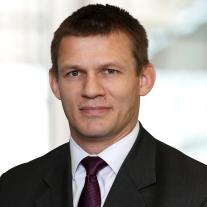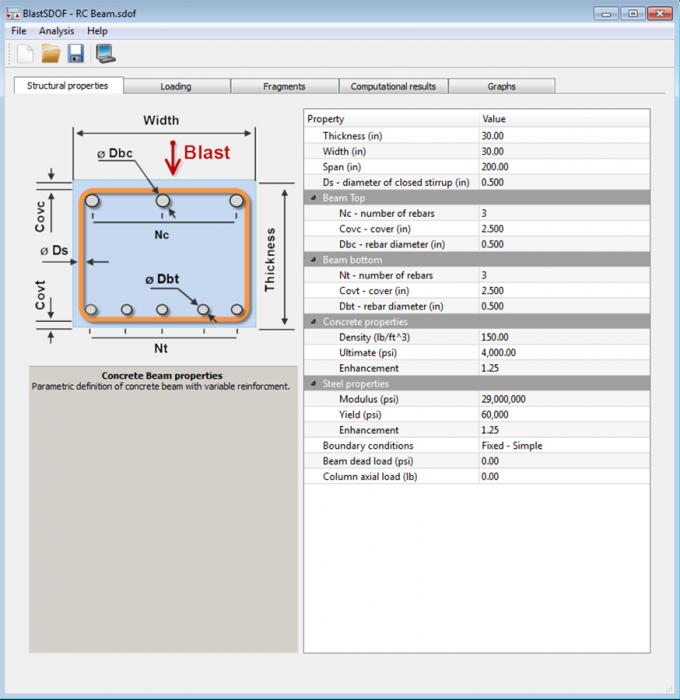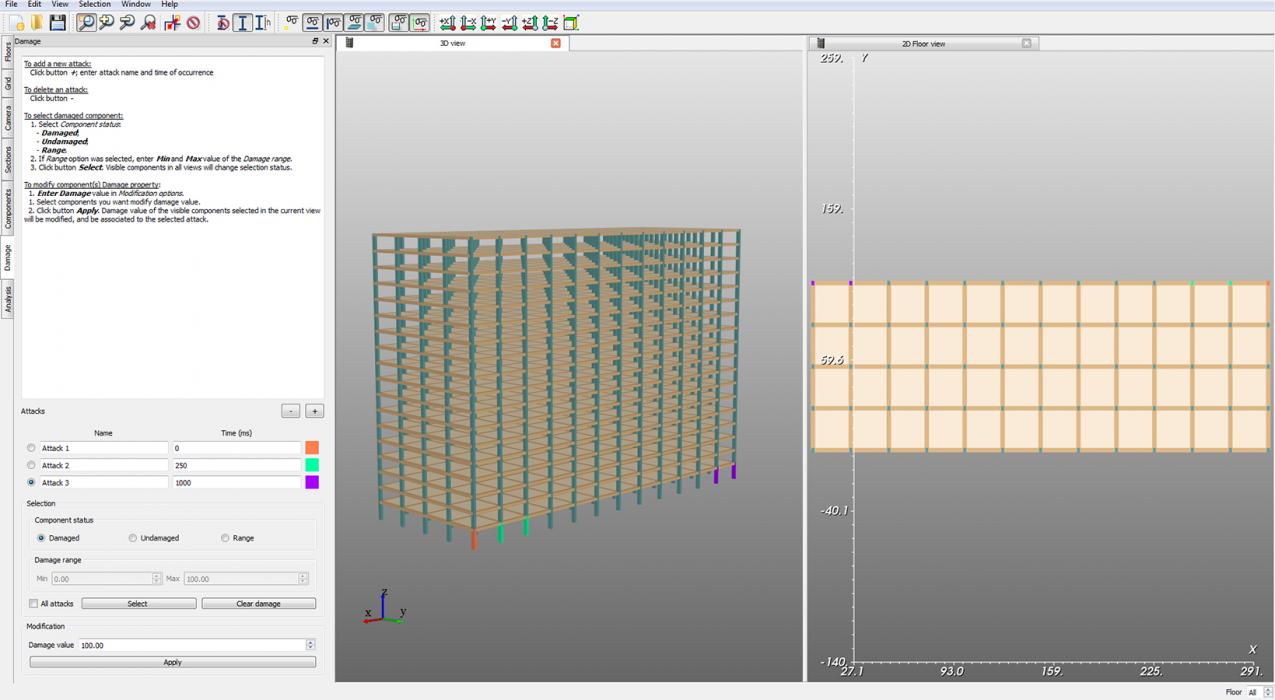
Scientific Software Development
We create software algorithms to solve unique problems in defense, life sciences and energy.
Lead Contacts

We formulate, develop and implement software algorithms for high fidelity physics-based simulations including Finite Element methods, Computational Fluid dynamics, multiphysics coupling methods and co-simulation procedures. Our models of reality rely on a range of algorithms, from physics-based through machine learning. We enrich these methods with specialized modules, whether state-of-the art constitutive material models or image-to-simulation model approaches or data extraction for VR navigation.
We also formulate fast-running Reduced Order Models (ROM) using a broad range of technologies from simplified physics models to neural nets and artificial intelligence/machine learning approaches. Our fast-running tools have been incorporated in larger defense systems such as the US Air Force Research lab MEVA, the Defense Threat Reduction Agency IMEA, or VAPO suites. We have deployed other ROM’s as standalone packages with independent graphical user interfaces.
We have developed entire suites of applications to solve challenging engineering problems, such as:
- The FLEX family of finite-element codes
- VistaMat, for advanced material modeling
- FacilityBlast VCE, a fast-running computational fluid dynamics tool that predicts vapor-cloud explosion loads
Our Team














